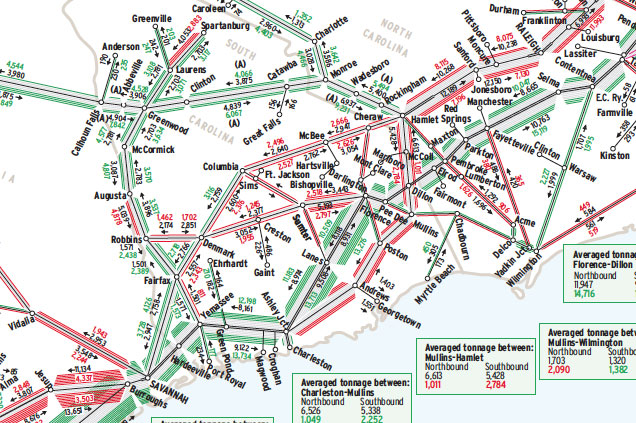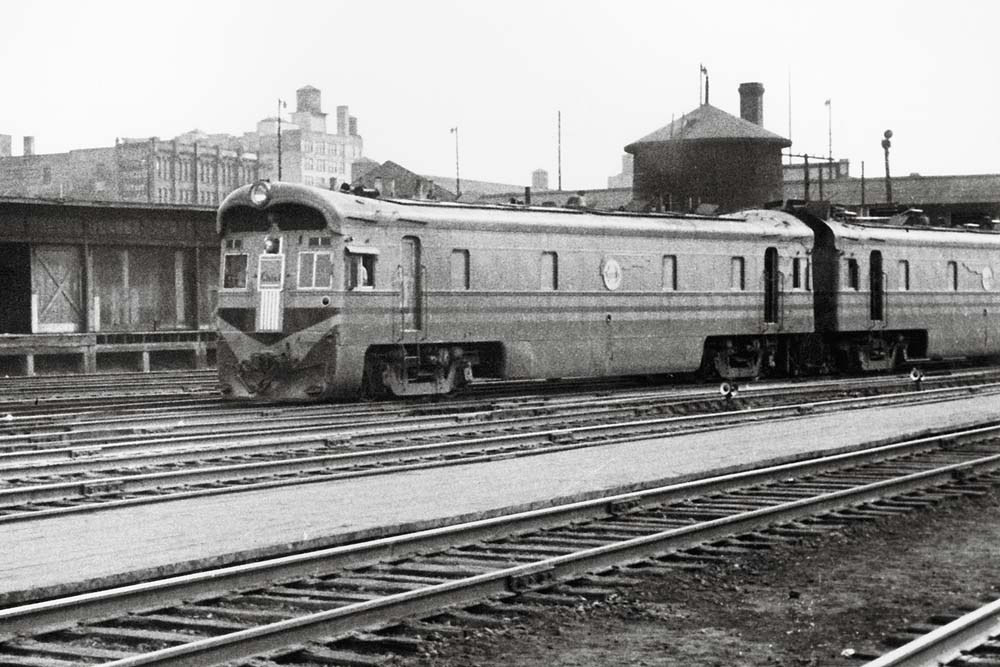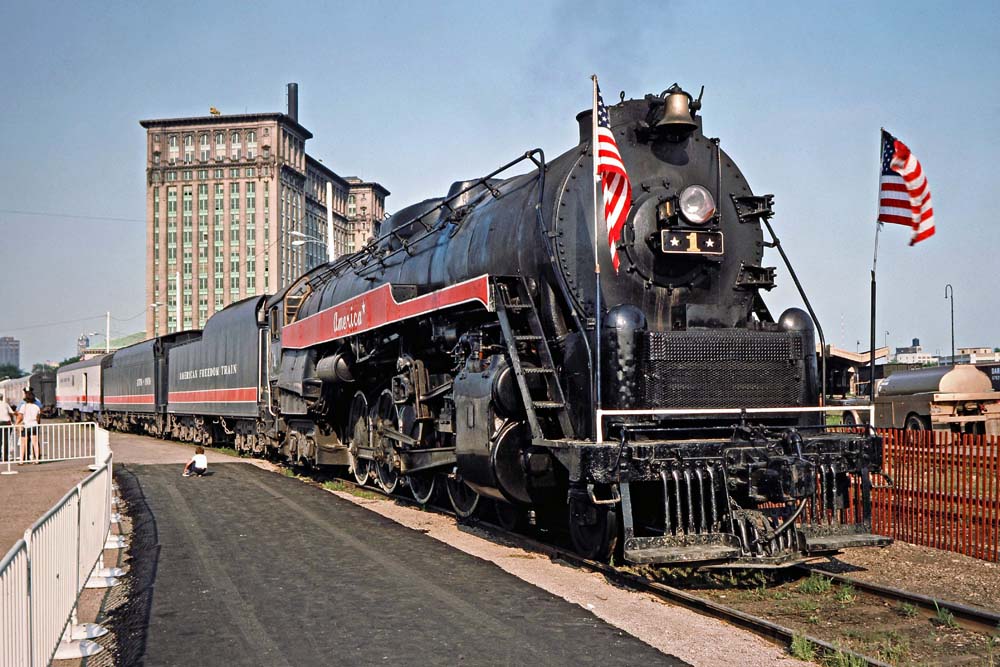This Map of the Month appeared in the February 2005 issue of Trains magazine.
Say good-bye to two successful railroads,” was the startling way Seaboard Coast Line introduced itself in magazine advertisements in summer 1967. Below the picture of two streamlined diesels blurring nose-to-nose into each other, the ad continued with a gushing declaration: “The new railroad is here.”
Formed by the combination of the 5,743-mile Atlantic Coast Line and the 4,123-mile Seaboard Air Line, SCL became a classic example, as this map shows, of parallel railroads merging.
Long-time and fierce competitors in the Southeast, especially in the fight for lucrative freight business and passenger traffic between the North- east and Florida, the two hatched a consolidation plan in the late 1950s. Seaboard was always the poor kid on the block, fielding older locomotives on a mostly undulating single-track property. “The Coast Line,” on the other hand, billed itself as the Standard Railroad of the South; bought big, new 4-8-4s; and enjoyed a flat-as-a-pancake profile for its double-track main line.
With so many parallel routes, the question be- came one of shifting traffic from the more difficult routes onto lines with easier grades, fewer curves, higher speeds — and more traffic.
This merger consolidation study map created in 1957 for lines north of Florida foreshadowed the merger’s potential winners and losers a decade later. Note the proposed impact on Seaboard’s main line south of Richmond, Va., to Hamlet, N.C., the operational center of a railroad whose slogan was “Through the Heart of the South.” If Seaboard had a true heart, Hamlet was it.
The switch from the Seaboard, with its curvy, hilly line across the Piedmont, to the Coast Line, running farther to the east, was a natural choice. The Coast Line was a heavy-duty railroad running straight and flat across the coastal plain of Virginia and the Carolinas. Shift traffic there, and you’ll use less fuel and time running across a land so flat that early diesel locomotives didn’t come equipped with handbrakes.
In the end, the consolidation of the two lines, effected July 1, 1967, with the creation of SCL, resulted in many traffic changes and some abandonments. Other shifts would come years later under successors Family Lines System, Seaboard System, and finally, today’s CSX. Among them: The mid-1980s abandonment of the Seaboard main north of Norlina, N.C., as far as Petersburg, Va. A hotly debated abandonment to this day, it is painful to those who recognized Seaboard’s potential as an alternative route, especially when they think about today’s Amtrak trains and CSX freights delayed on the parallel, but congested, former ACL route just to the east. They’ve got nowhere else to go.
Railroads included in this map:
Atlantic Coast Line, Seaboard Air Line, Seaboard Coast Line














